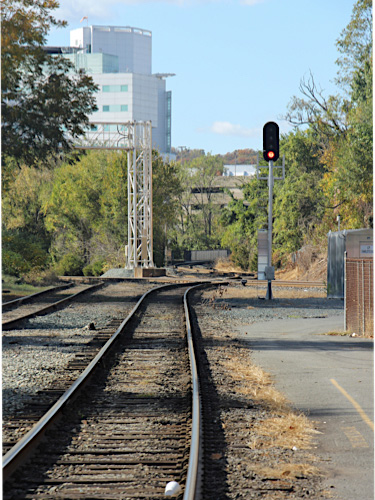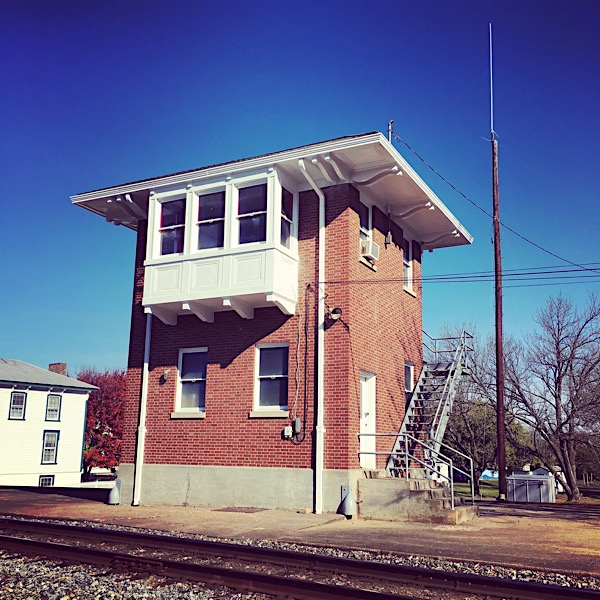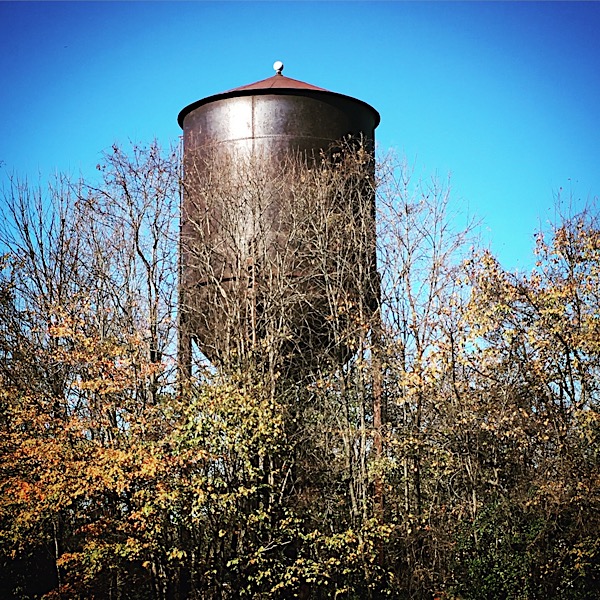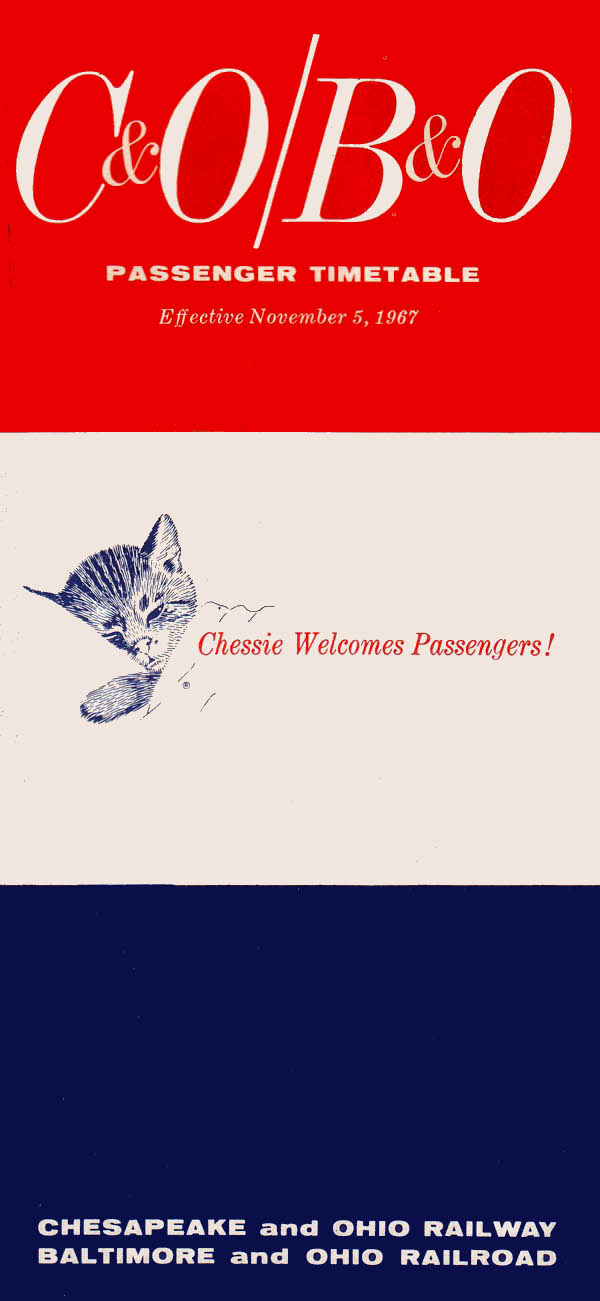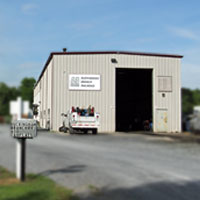 |
Buckingham Branch Richmond & Alleghany Division |

199 miles between Richmond, VA and Clifton Forge, VA
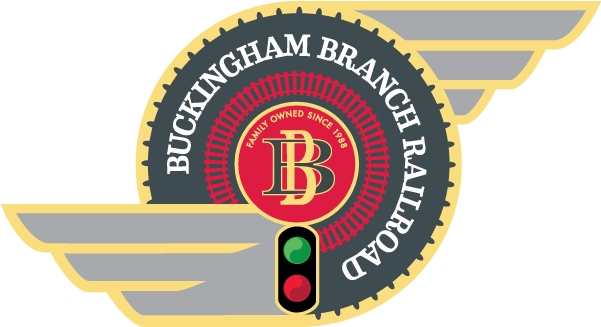 The Richmond & Alleghany Division became the second division of the Buckingham Branch Railroad in 2004 when the BB leased the track with operating rights from CSXT. The R & A Division encompasses 199.6 miles of track between downtown Richmond, VA and JD Cabin, just east of Clifton Forge, VA. The BB has trackage rights into CSXT's Clifton Forge yard for interchange purposes. The R & A enables the Buckingham Branch Railroad to provide direct rail and transload freight services from east to west across the Commonwealth of Virginia.
The Richmond & Alleghany Division became the second division of the Buckingham Branch Railroad in 2004 when the BB leased the track with operating rights from CSXT. The R & A Division encompasses 199.6 miles of track between downtown Richmond, VA and JD Cabin, just east of Clifton Forge, VA. The BB has trackage rights into CSXT's Clifton Forge yard for interchange purposes. The R & A enables the Buckingham Branch Railroad to provide direct rail and transload freight services from east to west across the Commonwealth of Virginia.
The R & A Division has four Class 1 interchanges, two each with CSXT and Norfolk Southern. The CSXT interchanges are at Doswell, VA and Clifton Forge, VA, while the Norfolk Southern interchanges are at Charlottesville, VA and Waynesboro, VA. Multiple interchanges with both Class 1 railroads serving the eastern U.S. enable Buckingham Branch freight customers to get the best possible freight rates and schedules for connections to North America and the world. The R & A Division is divided into three subdivisions, the Piedmont Subdivision from Richmond to Gordonsville, the Orange Subdivision from Gordonsville to Orange, and the North Mountain Subdivision from Gordonsville to Clifton Forge. The BB Z629 and Z628 train crews are based in Doswell, the Z799 crew is based in Charlottesville, and the Z630 and Z631 crews operate out of Staunton.
BB Transload sites on the R & A are located at Doswell, Fishersville, Gordonsville, Keswick and Staunton. Points of freight origin and destination on the R & A include Ruffin, Richmond, Atlee, Doswell, Noel, Beaverdam, Mineral, Louisa, Gordonsville, Orange, Lindsay, Massie, Ivy, Crozet, Afton, Waynesboro, Brand, Easton, Staunton, LaGrange, North Mountain, Craigsville, Bells Valley, Goshen, Crane and Clifton Forge.
In addition to the Buckingham Branch local freight service, CSXT operates empty overhead trains across the R & A and Amtrak operates the Cardinal passenger train that runs between New York City and Chicago across 125 miles of the R & A. More than 150,000 freight and passenger railcars annually traverse the R & A Division. The Buckingham Branch is responsible for all track construction and maintenance, signals, and rail traffic control (dispatch) for all BB, CSXT and Amtrak trains. Together with the Marine Corps Reserve Association, the BB operates a Toys for Tots train each December to help provide holiday support for families across the western part of the R & A Division.
North Mountain Subdivision
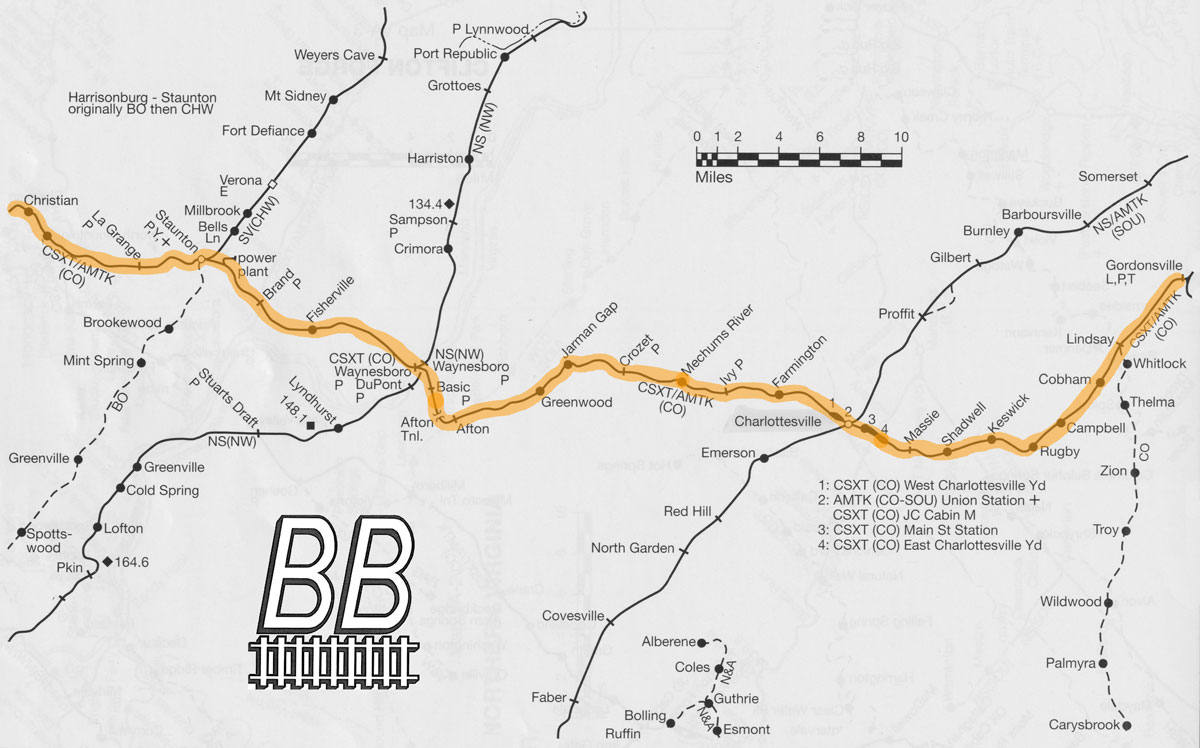
SPV Comprehensive Railroad Atlas / collection
 Staunton
Staunton

 In 1915, Staunton mayor Hampton Wayt addressed the Convention of the American Instructors of the Deaf. During his speech, he said, "I always speak in a modest vein when I speak of Staunton, the Queen City of the Valley. It is called Staunton from the wife of a former governor of this State, who was a woman of queenly graces of mind and heart. It received its name of the Queen City of the Valley because at one time it was the county seat of the largest county in the world, larger than Germany or France, and even larger than most of the principalities of Europe."
In 1915, Staunton mayor Hampton Wayt addressed the Convention of the American Instructors of the Deaf. During his speech, he said, "I always speak in a modest vein when I speak of Staunton, the Queen City of the Valley. It is called Staunton from the wife of a former governor of this State, who was a woman of queenly graces of mind and heart. It received its name of the Queen City of the Valley because at one time it was the county seat of the largest county in the world, larger than Germany or France, and even larger than most of the principalities of Europe."
Staunton, Va. was settled in 1732. It was named for Lady Rebecca Staunton, wife of colonial governor Sir William Gooch. It was the capital of the Northwest Territory from 1738 to 1770. The Virginia General Assembly established Staunton as a town in 1761 and the town was formally incorporated in 1801. When the Virginia Central Railroad arrived in 1854, Staunton became a transportation hub, and during the Civil War, Staunton was the site of a supply base.
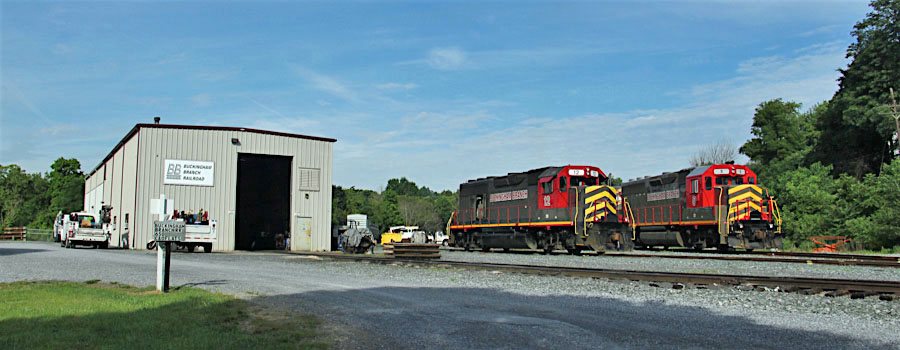
North Mountain Subdivision shops
Staunton, Va / Jul 2016 / RWH
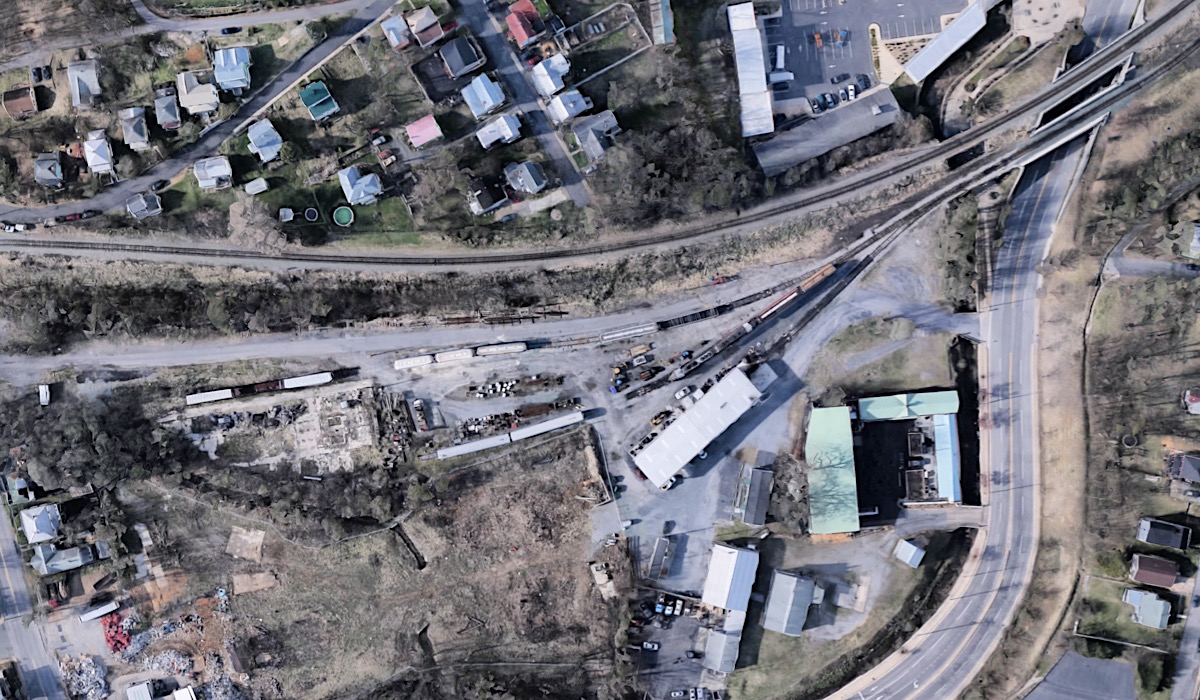
shops overhead / Google Maps
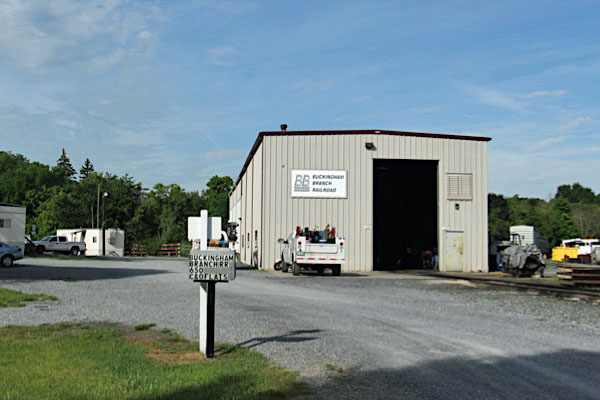
Staunton, Va / Jul 2016 / RWH
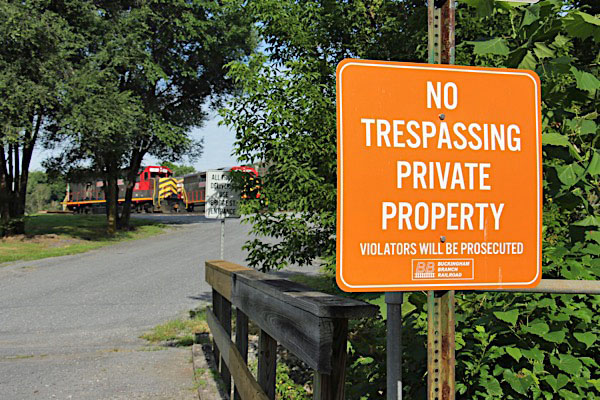
Staunton, Va / Jul 2016 / RWH

Click to see this Staunton shop area plotted on a Google Maps page
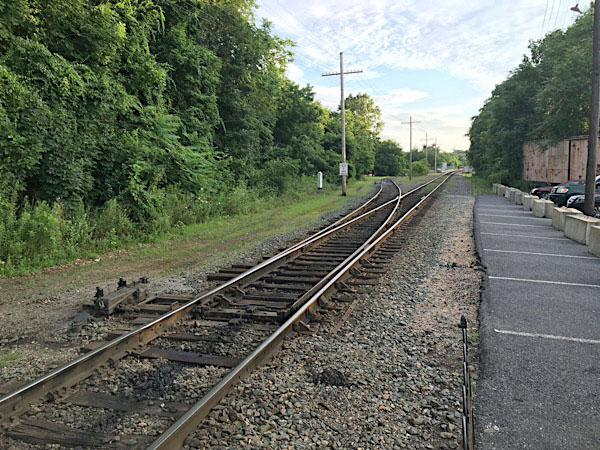
shop lead off main / Staunton, Va / Jul 2016 / RWH

See also our nearby Shenandoah Valley Railroad scrapbook in Shortlines
 Charlottesville
Charlottesville

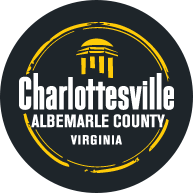 In 1850, Charlottesville welcomed its first railroad service, a technology that would later dramatically expand shipping through the area and bring more growth. Then, like any community in the South, the area lost many of its sons and brothers to the Civil War.
Unlike many communities, however, the town itself was largely unscathed, despite its roles manufacturing Confederate uniforms and tending countless wounded Confederate soldiers at the overrun University hospital.
By 1887, the city had received its first horse drawn streetcars and kept an extra horse on hand to help cars climbing Vinegar Hill, a stretch of rough, rocky grade on Main Street. In 1888, Charlottesville incorporated and annexed surrounding land to create a city of nearly 800 acres.
The twentieth century brought more rail and trolley lines as well as paved roads, and although the area's culture and commerce remains rooted in agriculture, the G.I. Bill drove rapid expansion at the University after World War II, making it the area's largest employer.
Today, the spirit of Thomas Jefferson draws millions of visitors from around the world. Agriculture still thrives in the region, creating a rich farm-to-table culinary culture complemented by one of the country's finest winemaking regions.
In 1850, Charlottesville welcomed its first railroad service, a technology that would later dramatically expand shipping through the area and bring more growth. Then, like any community in the South, the area lost many of its sons and brothers to the Civil War.
Unlike many communities, however, the town itself was largely unscathed, despite its roles manufacturing Confederate uniforms and tending countless wounded Confederate soldiers at the overrun University hospital.
By 1887, the city had received its first horse drawn streetcars and kept an extra horse on hand to help cars climbing Vinegar Hill, a stretch of rough, rocky grade on Main Street. In 1888, Charlottesville incorporated and annexed surrounding land to create a city of nearly 800 acres.
The twentieth century brought more rail and trolley lines as well as paved roads, and although the area's culture and commerce remains rooted in agriculture, the G.I. Bill drove rapid expansion at the University after World War II, making it the area's largest employer.
Today, the spirit of Thomas Jefferson draws millions of visitors from around the world. Agriculture still thrives in the region, creating a rich farm-to-table culinary culture complemented by one of the country's finest winemaking regions.

See also our complete Amtrak Cardinal scrapbook in Mainlines

Charlottesville, Va / Nov 2016 / RWH

Click to see the Charlottesville Amtrak station plotted on a Google Maps page
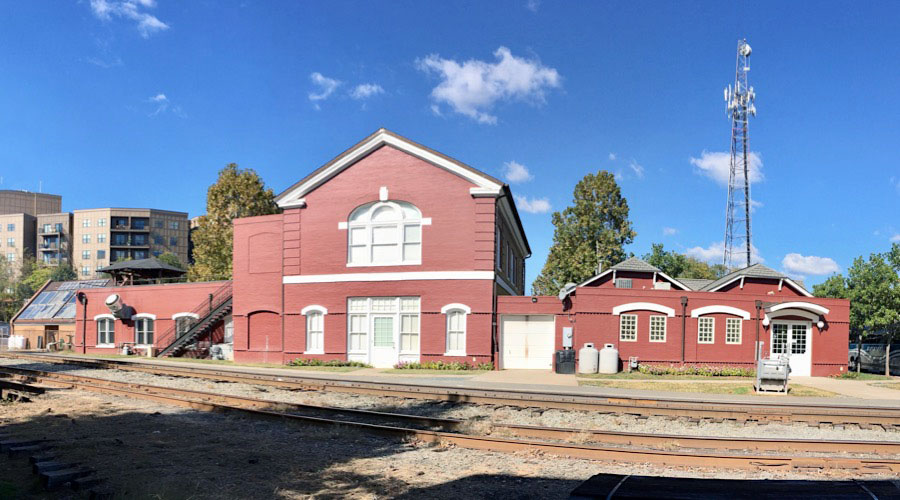
Charlottesville, Va / Nov 2016 / RWH
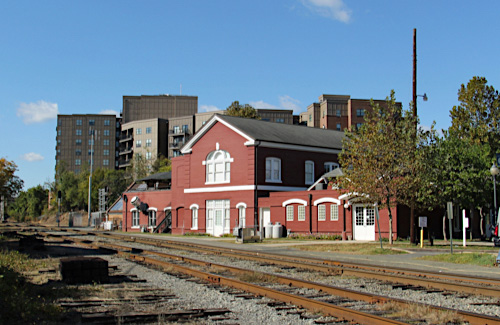
Charlottesville, Va / Nov 2016 / RWH
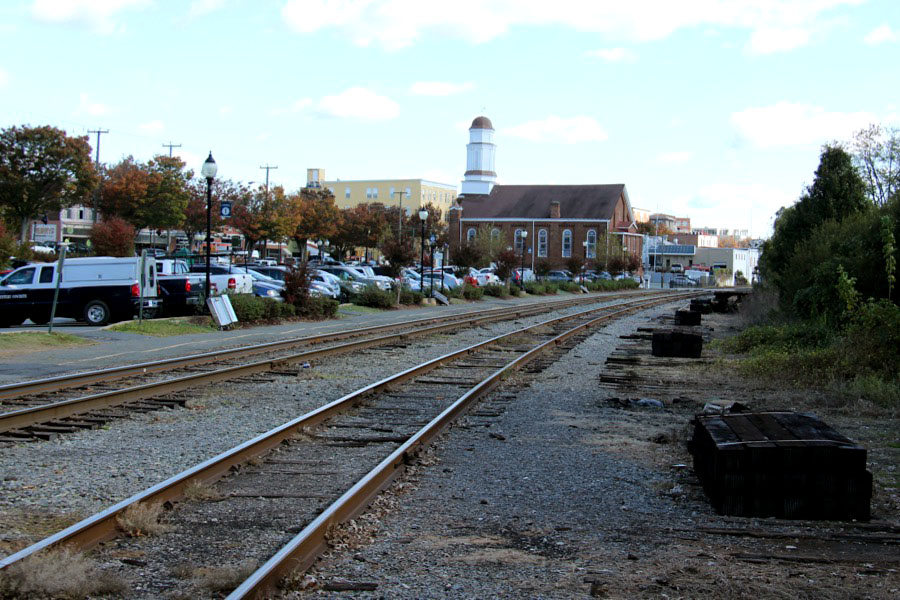
Charlottesville, Va / Nov 2016 / RWH
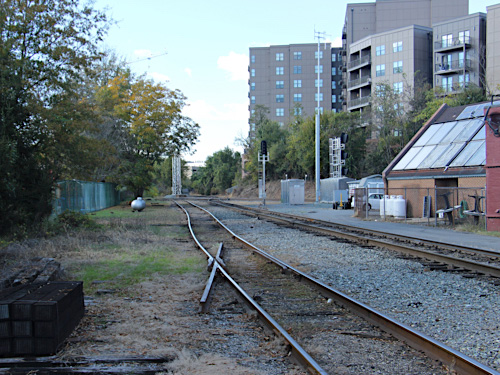
Charlottesville, Va / Nov 2016 / RWH
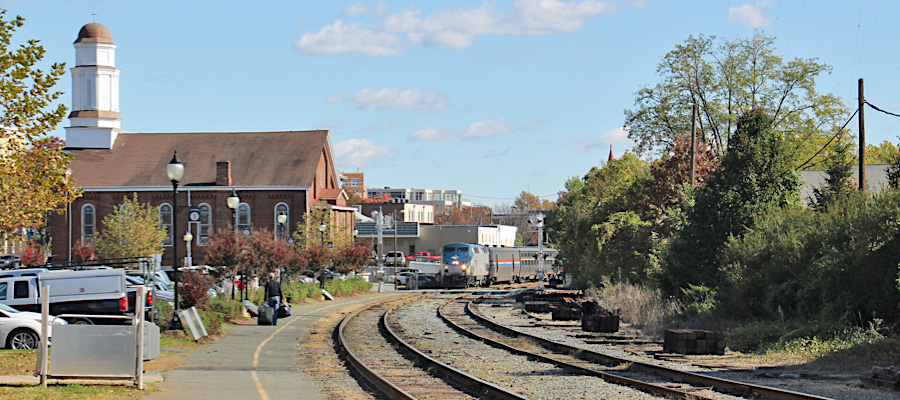
Charlottesville, Va / Nov 2016 / RWH
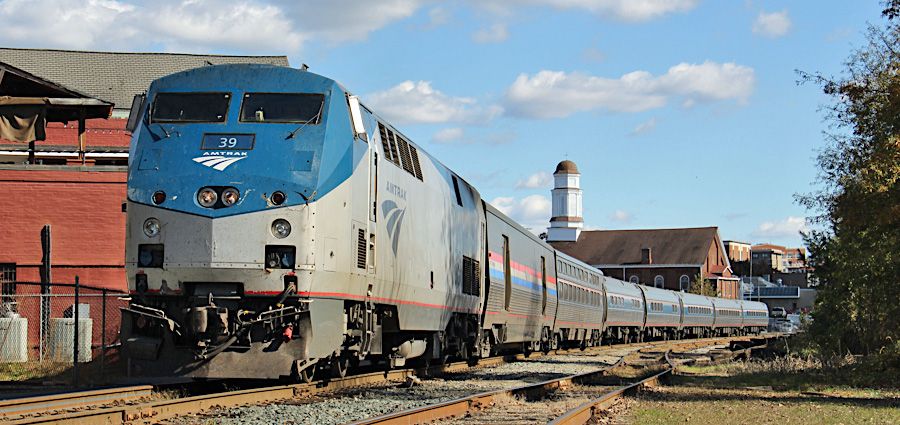
Charlottesville, Va / Nov 2016 / RWH
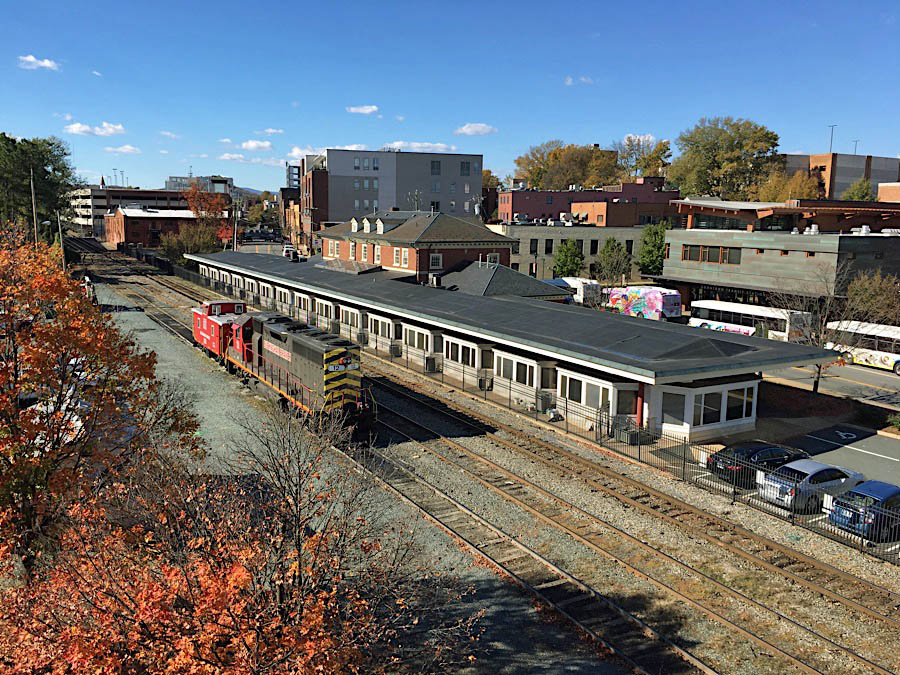
Charlottesville, Va / Nov 2016 / RWH

Click to see this location plotted on a Google Maps page


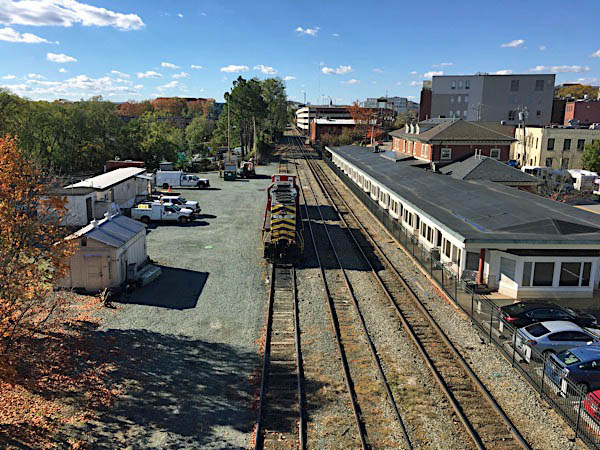

Charlottesville, Va / Nov 2016 / RWH

Charlottesville, Va / Nov 2016 / RWH
Orange Subdivision
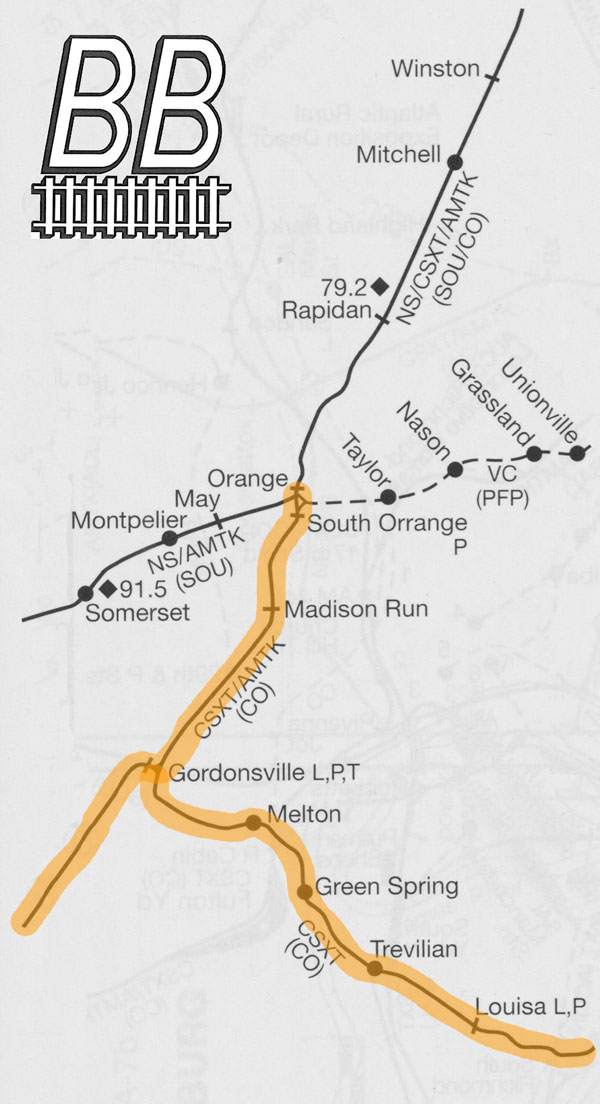
SPV Comprehensive Railroad Atlas / collection
 Gordonsville
Gordonsville

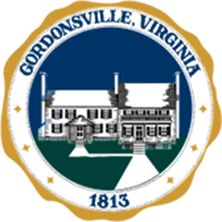 Gordonsville grew up around a tavern established by Nathaniel Gordon in 1794, where the circle is today. After the railroad arrived in 1840, development began around the rail depot at the other end of town. By the 1850s they were filling in the gap, which is Main Street Gordonsville today.
Gordon first settled the area when he purchased a plantation "at the foot of the southwest mountains" in Orange County in 1787. Later, he opened a popular tavern which hosted Thomas Jefferson, James Madison and Major General the Marquis de Lafayette, among other famous figures of early America. Jefferson told southern legislators it was a "good house" for stopping over on their way to Congress. The community became officially known as "Gordonsville" in 1813 when Gordon was appointed the first postmaster of the area surrounding his tavern.
Gordonsville grew up around a tavern established by Nathaniel Gordon in 1794, where the circle is today. After the railroad arrived in 1840, development began around the rail depot at the other end of town. By the 1850s they were filling in the gap, which is Main Street Gordonsville today.
Gordon first settled the area when he purchased a plantation "at the foot of the southwest mountains" in Orange County in 1787. Later, he opened a popular tavern which hosted Thomas Jefferson, James Madison and Major General the Marquis de Lafayette, among other famous figures of early America. Jefferson told southern legislators it was a "good house" for stopping over on their way to Congress. The community became officially known as "Gordonsville" in 1813 when Gordon was appointed the first postmaster of the area surrounding his tavern.
Meanwhile, Gordonsville was a significant economic hub in the 19th century, becoming the center of trade in Orange County. It was a railroad junction with the north/south tracks of what was then the Orange & Alexandria, (today's CSX) and the east/west Virginia Central, connecting Richmond to Staunton. Also, two major roads connected Gordonsville to the breadbasket of the Confederacy, the Shenandoah Valley. Those roads today are Rt. 33, the Rockingham Turnpike to Swift Run Gap and Rt. 231, the Blue Ridge Turnpike. The convergence of those historic routes with Route 15, at the traffic circle, position Gordonsville on the way to Virginia destinations in every direction.

Gordonsville, Va / Nov 2016 / RWH

Click to see this location plotted on a Google Maps page
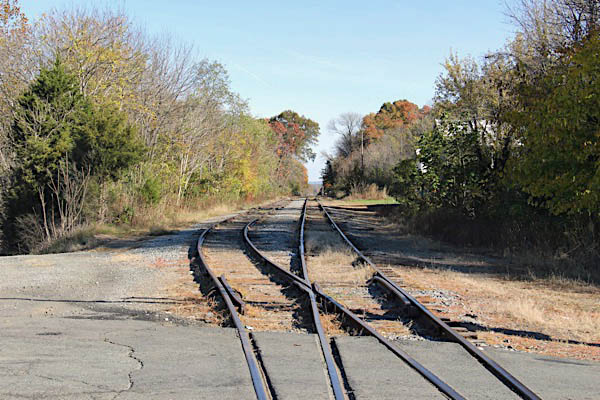
Gordonsville, Va / Nov 2016 / RWH
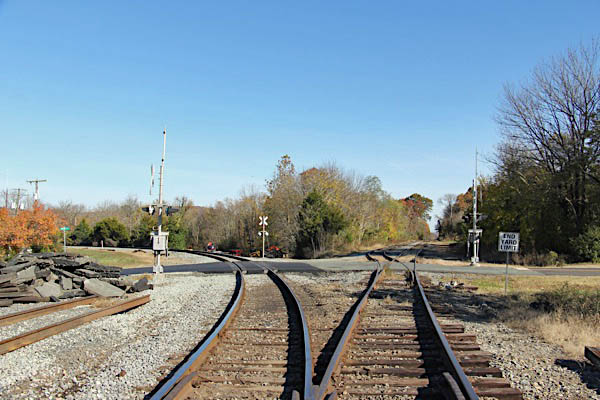
Gordonsville, Va / Nov 2016 / RWH
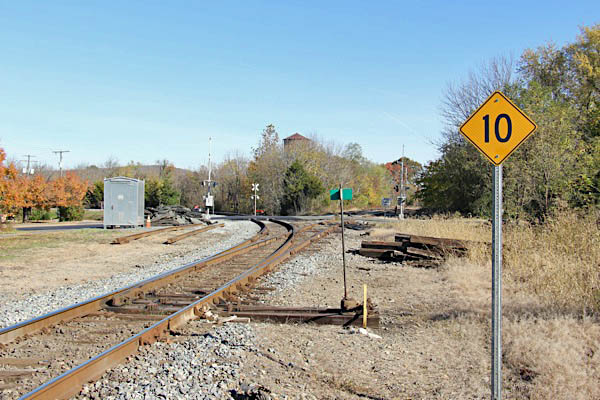
Gordonsville, Va / Nov 2016 / RWH
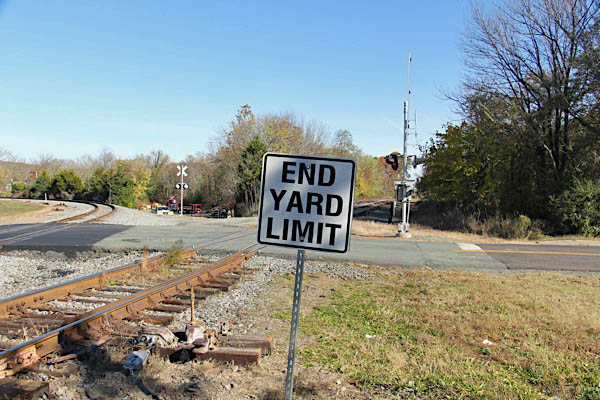
Gordonsville, Va / Nov 2016 / RWH

Gordonsville, Va / Nov 2016 / RWH

Click to see the tower location plotted on a Google Maps page
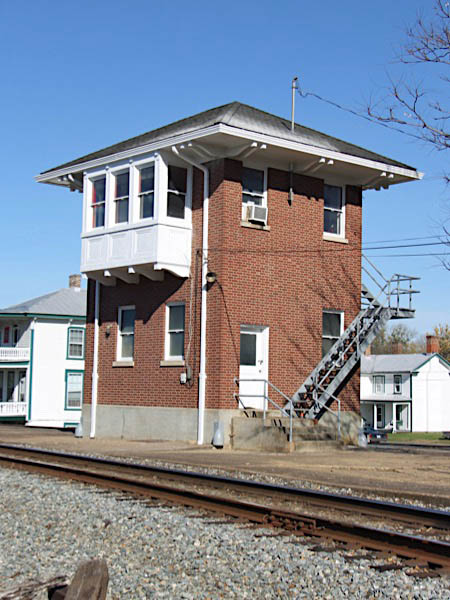
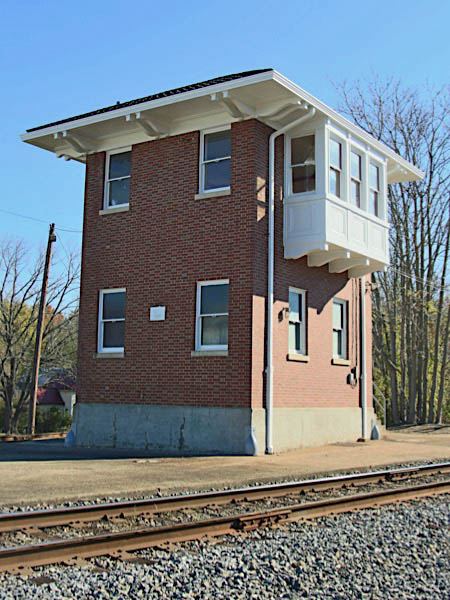

Gordonsville, Va / Nov 2016 / RWH
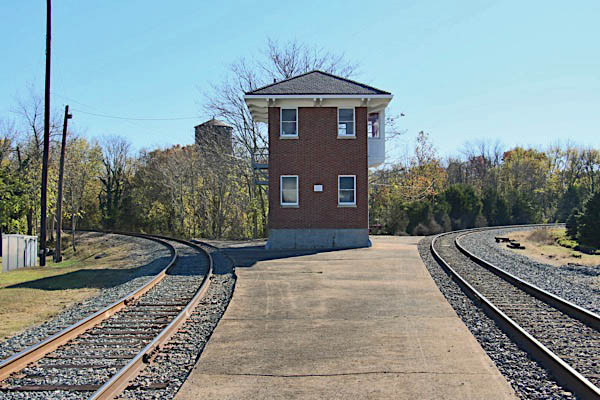
Gordonsville, Va / Nov 2016 / RWH
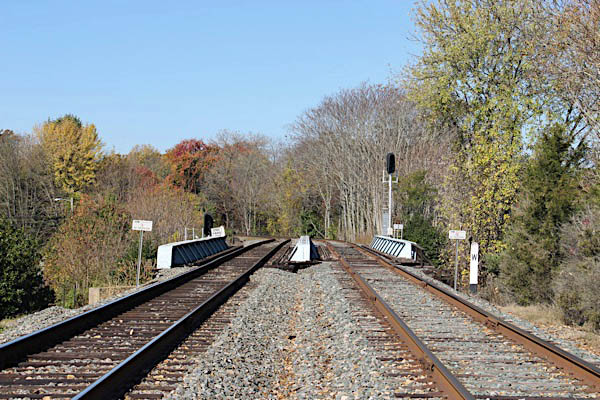
Gordonsville, Va / Nov 2016 / RWH
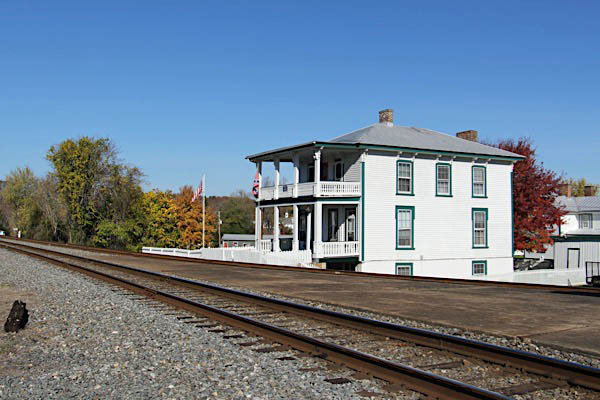
Gordonsville, Va / Nov 2016 / RWH
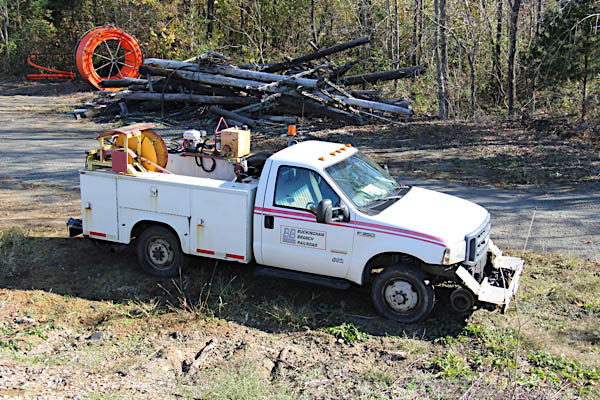
Gordonsville, Va / Nov 2016 / RWH
 Orange
Orange

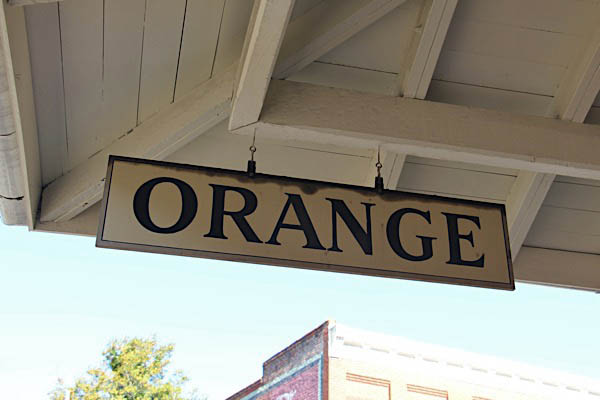 Orange was founded in the middle of the 18th century as a Courthouse town. A century later in 1854 Orange added a second dimension - it became a Railroad Town. In that year the southward crawl of the Orange and Alexandria Railroad reached Orange. Indeed, its rails bisected the public lot, interposing itself between the Courthouse, on the west side of the track, and the county jail, situated just east of this railroad station.
Orange was founded in the middle of the 18th century as a Courthouse town. A century later in 1854 Orange added a second dimension - it became a Railroad Town. In that year the southward crawl of the Orange and Alexandria Railroad reached Orange. Indeed, its rails bisected the public lot, interposing itself between the Courthouse, on the west side of the track, and the county jail, situated just east of this railroad station.
Living away from navigable waters in 19th century Virginia meant being "stuck in the mud" much of the year. A railroad promised some surcease from the sticky problem of Orange County's red clay, of which General Robert E. Lee had commented, "Orange County mud and Orange County girls; each makes an impression quite indelible." Thus, to aid in subduing the impressions of Orange's mud, county officials and citizens, such as Dr. James Minor, donated property for the right-of-way to insure that the rail line laid its tracks through the village.
For the next 125 years the railway was the principal artery of Orange’s commerce. All passenger trains, excepting expresses, stopped in Orange to drop and receive passengers and to deliver U.S. mail. Passengers were transported locally to Gordonsville, Charlottesville and Culpeper, and to connections to any place in the nation and the world.
Railroad Avenue, running southward from Main and Church Street, became the "high rent" district of Orange. Along the tracks were Levy's Busy Corner, the turn-of-the- century equivalent of a Wal-Mart store.
A fire, which began on Railroad Avenue in November 1908, destroyed about two thirds of Orange's businesses. Looking to the south and east from the vantage point of the railroad station, one can see only commercial buildings that were rebuilt in the decade following the fire.
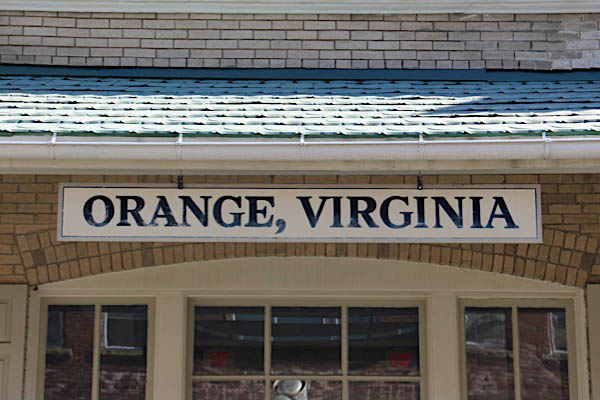 Orange reached its peak as a rail center during World War II when more than 100 freight and passenger trains passed through every 24 hours. Orange youth went off to war as passengers on the railroad. Freight trains leaving Orange contributed to the war effort transporting wood products from Kentucky Flooring Company and local sawmills; parachutes manufactured at the American Silk Mill; and metalwork fabricated at Virginia Metal Products to be used in constructing gliders and landing ships.
Orange reached its peak as a rail center during World War II when more than 100 freight and passenger trains passed through every 24 hours. Orange youth went off to war as passengers on the railroad. Freight trains leaving Orange contributed to the war effort transporting wood products from Kentucky Flooring Company and local sawmills; parachutes manufactured at the American Silk Mill; and metalwork fabricated at Virginia Metal Products to be used in constructing gliders and landing ships.
The end of World War II saw the end of Orange as a railroad center. The automobile brought about the demise of rail passenger service and good highways led to the development of the trucking industry, which soon made serious inroads in the railway freight business.
By 1979, the town was unable to get Amtrak to maintain even a flag stop here. The railroad station closed its doors and sat idle, unused, for 17 years.
The Town of Orange received title to the property and began efforts to restore the station and on October 12, 1997, it was rededicated as the Orange Transportation Center. Today, Norfolk and Southern freight trains pass through Orange frequently and Amtrak trains; however, there are no passenger stops at any time.
both photos above Orange, Va / Nov 2016 / RWH
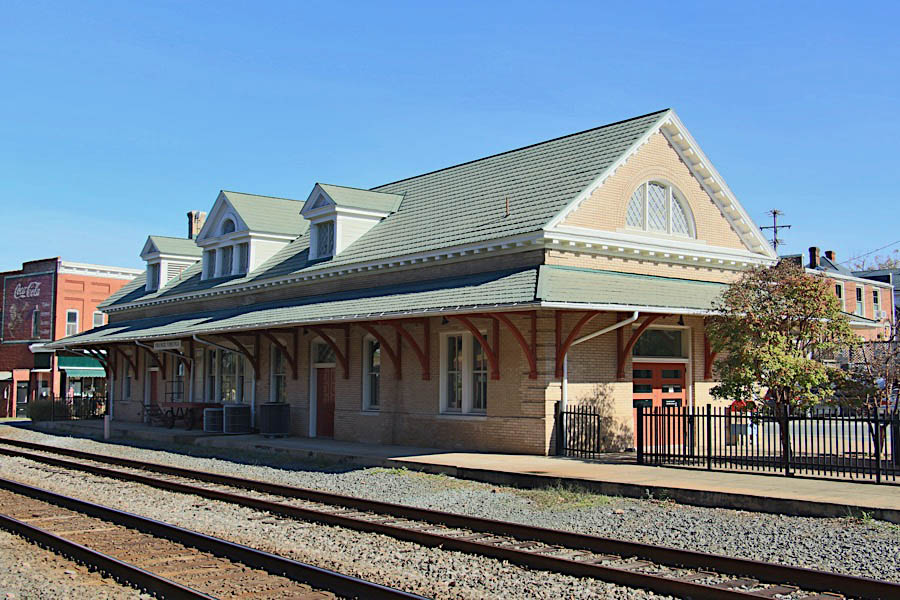
Orange, Va / Nov 2016 / RWH

Click to see the Orange depot area plotted on a Google Maps page
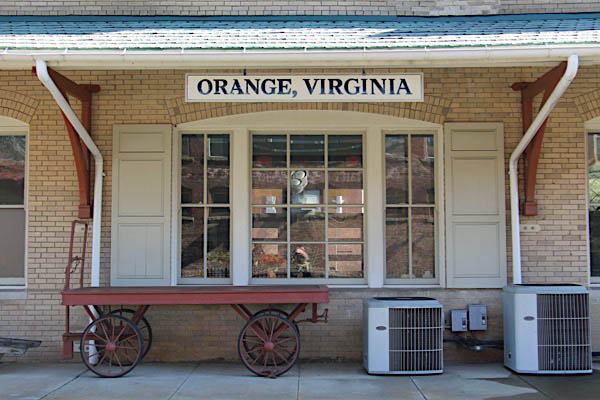
Orange, Va / Nov 2016 / RWH
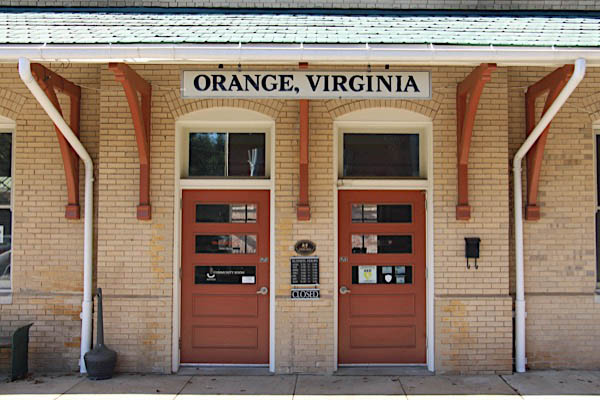
Orange, Va / Nov 2016 / RWH

Orange, Va / Nov 2016 / RWH

Orange, Va / Nov 2016 / RWH
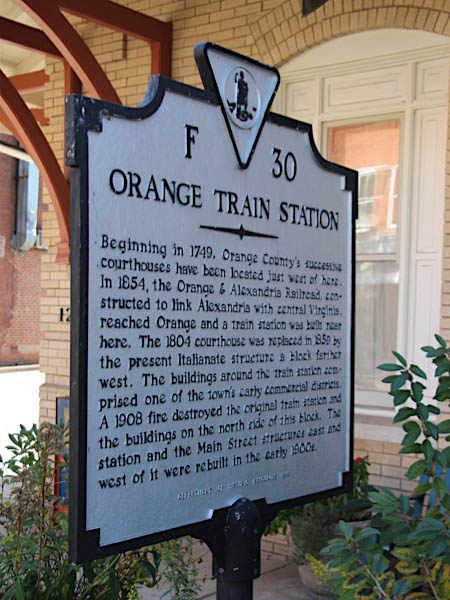
Orange, Va / Nov 2016 / RWH
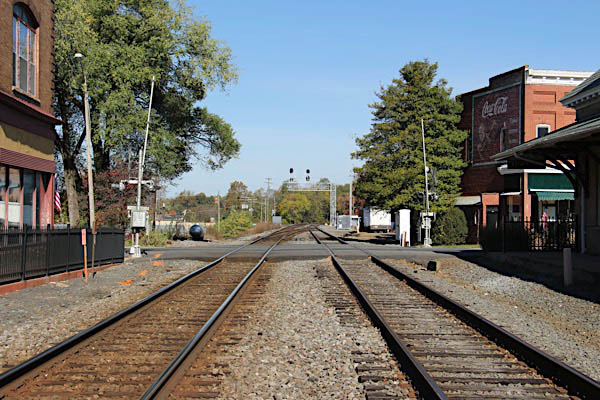
Orange, Va / Nov 2016 / RWH
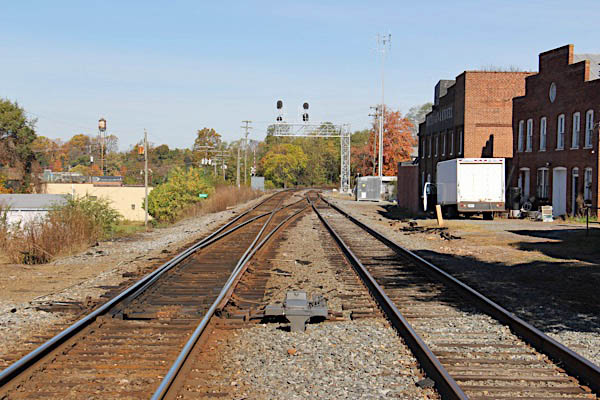
Orange, Va / Nov 2016 / RWH

Orange, Va / Nov 2016 / RWH
Piedmont Subdivision
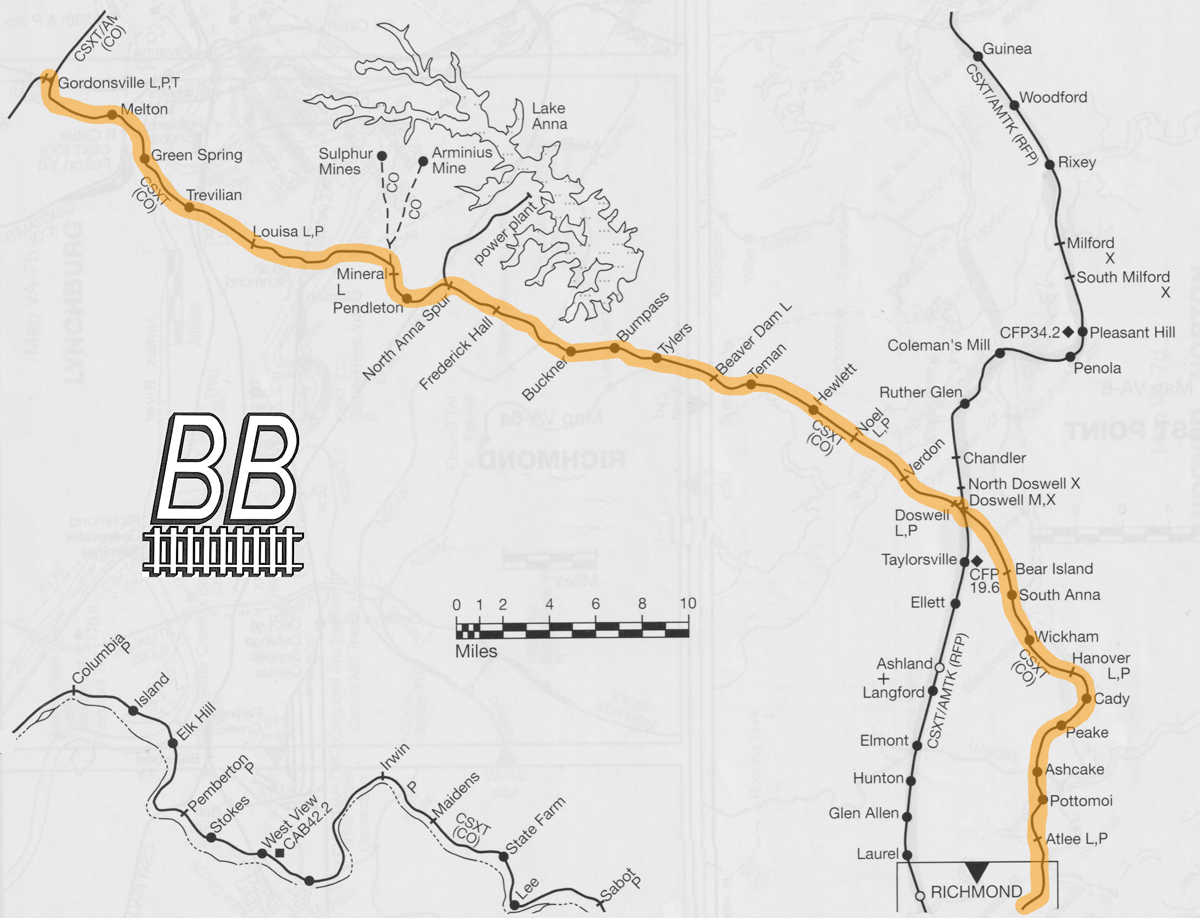
SPV Comprehensive Railroad Atlas / collection
 Doswell
Doswell
 Doswell is an unincorporated community in Hanover County in the Central Region of the U.S. Commonwealth of Virginia. Originally called Hanover Junction, it was located on the Virginia Central Railroad, which later became part of the Chesapeake and Ohio Railroad (C&O) at a crossing of the Richmond, Fredericksburg and Potomac Railroad, a north-south route. Both railroads are now owned by CSX Transportation, although the former Virginia Central line is leased to a short-line carrier, Buckingham Branch Railroad. The area near the Doswell train station is a popular train-watching site for railfans.
The name was changed to Doswell in the early 1890s in honor of Major Thomas Doswell (1823—90). The first Doswell in the area was James Doswell, a captain in the American Revolution.
Doswell is an unincorporated community in Hanover County in the Central Region of the U.S. Commonwealth of Virginia. Originally called Hanover Junction, it was located on the Virginia Central Railroad, which later became part of the Chesapeake and Ohio Railroad (C&O) at a crossing of the Richmond, Fredericksburg and Potomac Railroad, a north-south route. Both railroads are now owned by CSX Transportation, although the former Virginia Central line is leased to a short-line carrier, Buckingham Branch Railroad. The area near the Doswell train station is a popular train-watching site for railfans.
The name was changed to Doswell in the early 1890s in honor of Major Thomas Doswell (1823—90). The first Doswell in the area was James Doswell, a captain in the American Revolution.

Doswell, Va / Dec 2017 / RWH

Click to see the Doswell wye area plotted on a Google Maps page
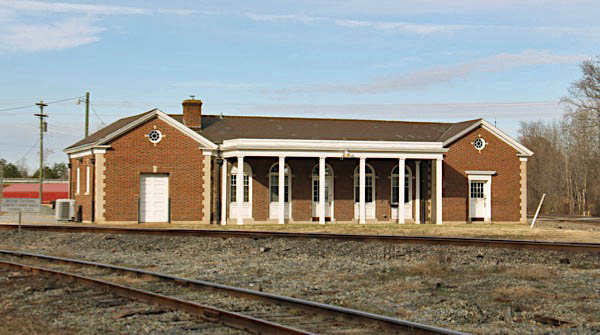
Doswell, Va / Dec 2017 / RWH

Doswell, Va / Dec 2017 / RWH

Doswell, Va / Dec 2017 / RWH

Doswell, Va / Dec 2017 / RWH
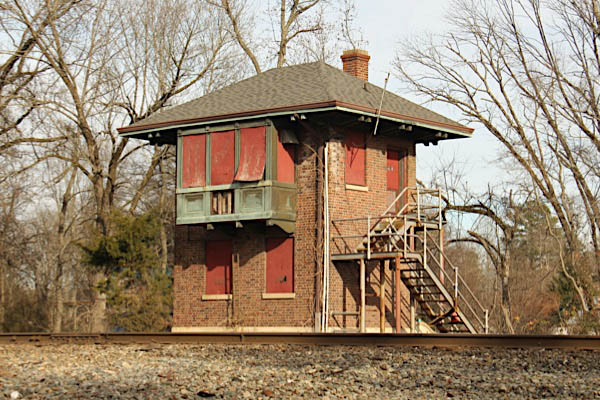
Doswell, Va / Dec 2017 / RWH
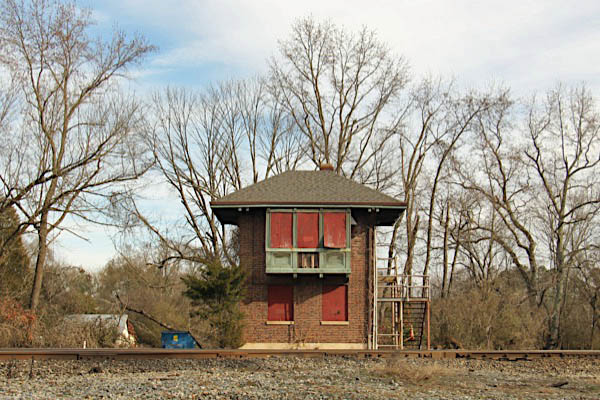
Doswell, Va / Dec 2017 / RWH
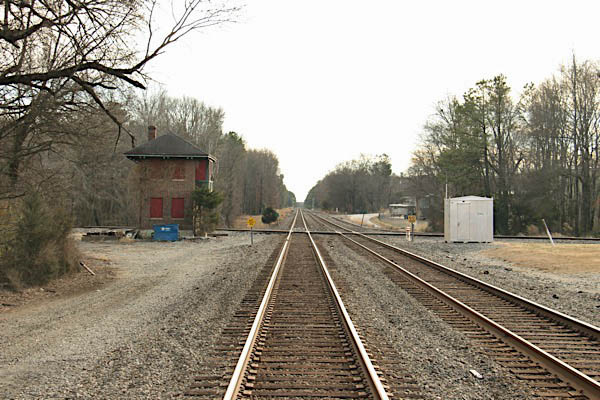
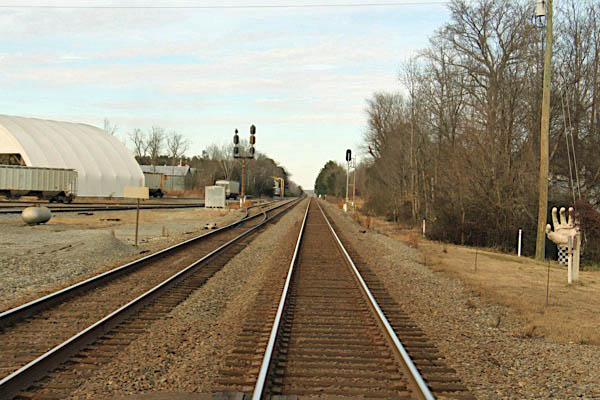
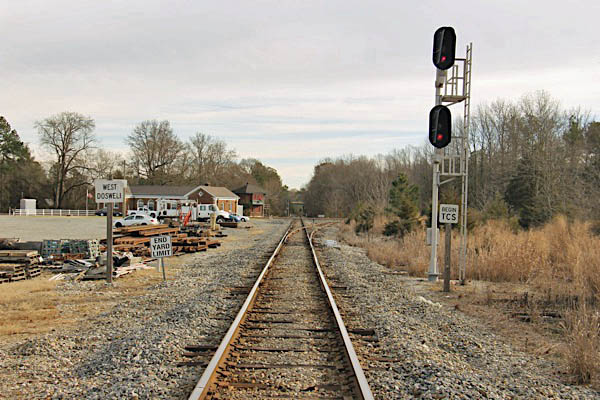

Doswell, Va / Dec 2017 / RWH
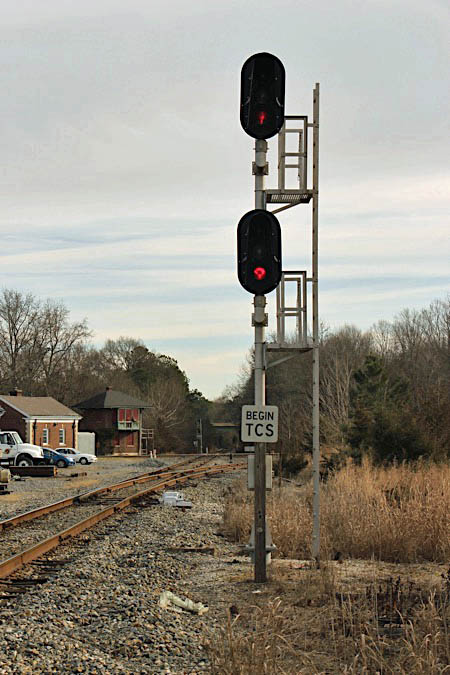
Dec 2017 / RWH
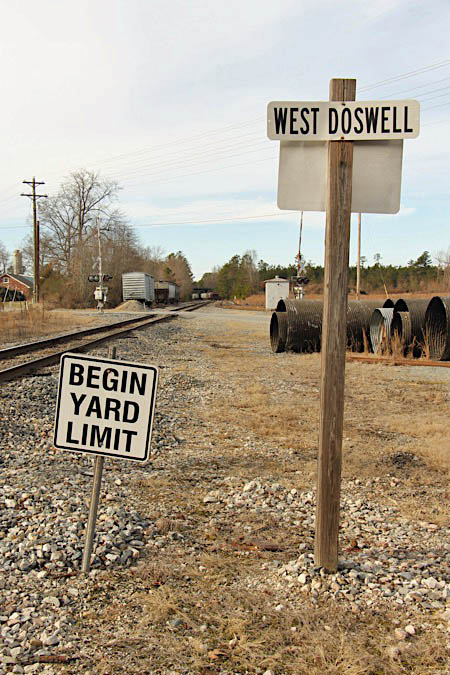
Dec 2017 / RWH

Doswell, Va / Dec 2017 / RWH

Doswell, Va / Dec 2017 / RWH
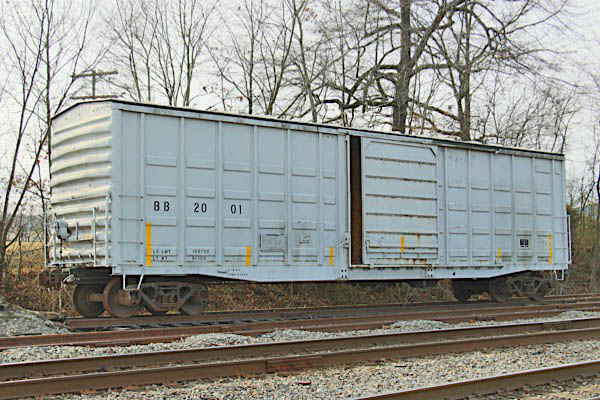
Buckingham Branch #2001
waffle side box / Doswell, Va / Dec 2017 / RWH
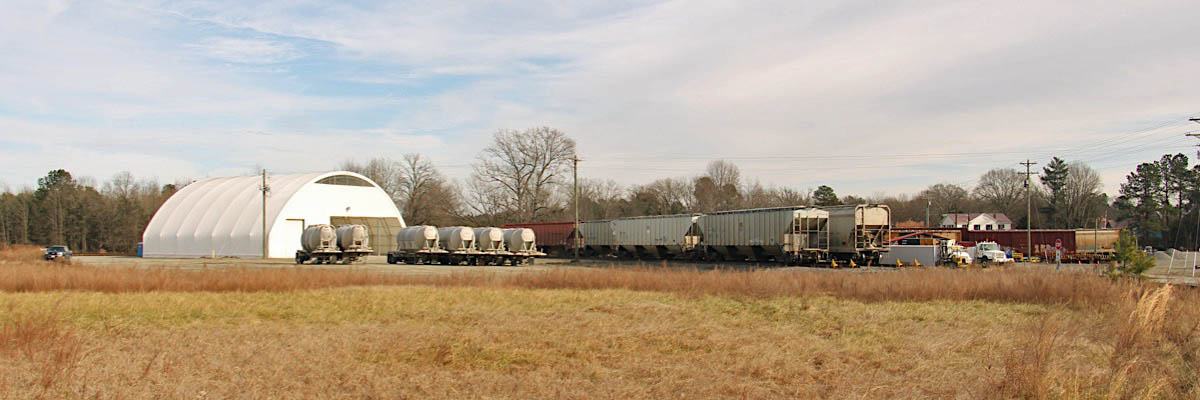
Doswell, Va / Dec 2017 / RWH
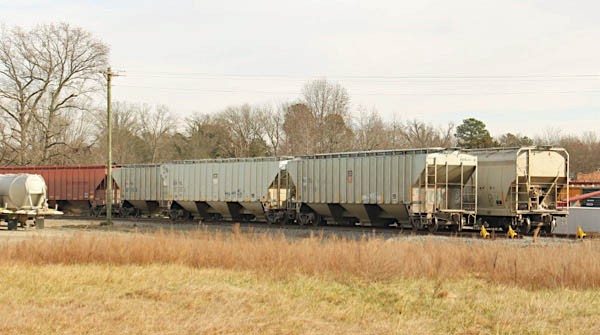
Doswell, Va / Dec 2017 / RWH
 Harbor Rail Services
Harbor Rail Services

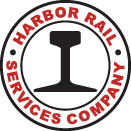 You have a railroad to run, customers to service, connections to make, a bottom line to watch and an owner to please. And you do all of this with an emphasis on safety.
Let us assist you. We can take care of details so you can keep things running safely, efficiently and profitably.
You have a railroad to run, customers to service, connections to make, a bottom line to watch and an owner to please. And you do all of this with an emphasis on safety.
Let us assist you. We can take care of details so you can keep things running safely, efficiently and profitably.
We are Harbor Rail Services, the industry leader in running freight car inspections and repair. We work for a growing number of railroads, big and small. We provide the people, the equipment and the expertise to keep trains rolling. You simply allow us access to your yards and tracks, and we do complete inspection, repair and billing, all done on your schedule without delay to customers or interchange partners. We have been in the railroad business for more than three decades and have an outstanding record of quality and performance, with all work and billing documented and performed to exacting FRA standards and AAR rules. Let Harbor Rail Services show you how safety pays.
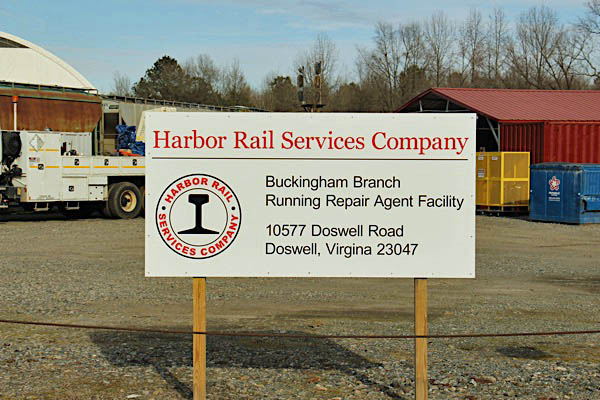
Doswell, Va / Dec 2017 / RWH

Doswell, Va / Dec 2017 / RWH
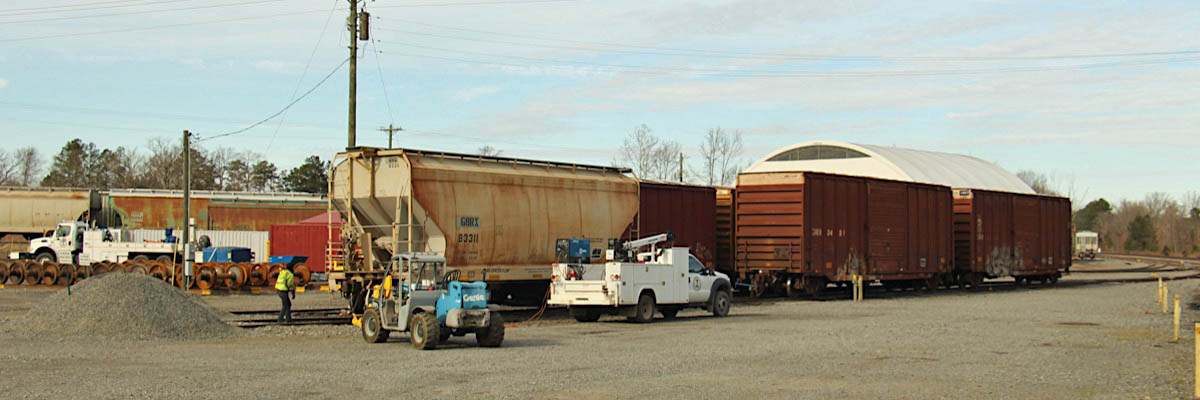
Doswell, Va / Dec 2017 / RWH
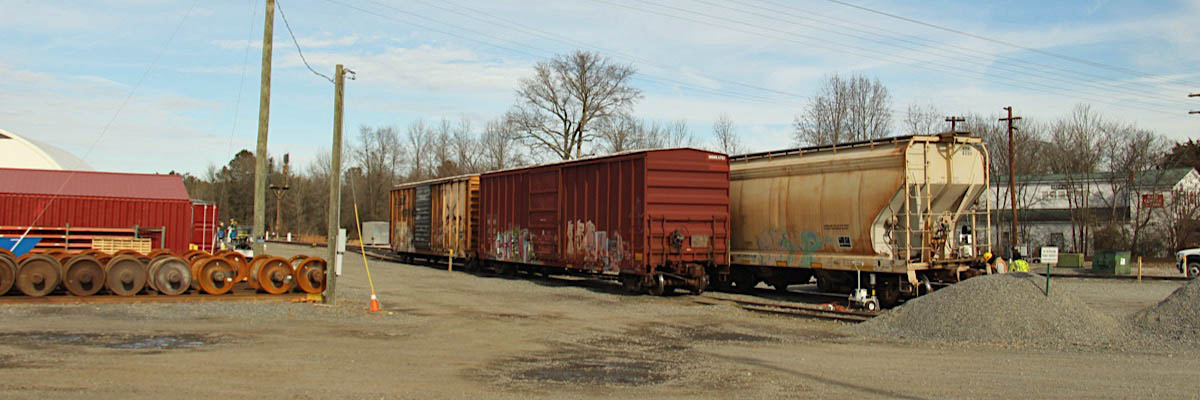
Doswell, Va / Dec 2017 / RWH
